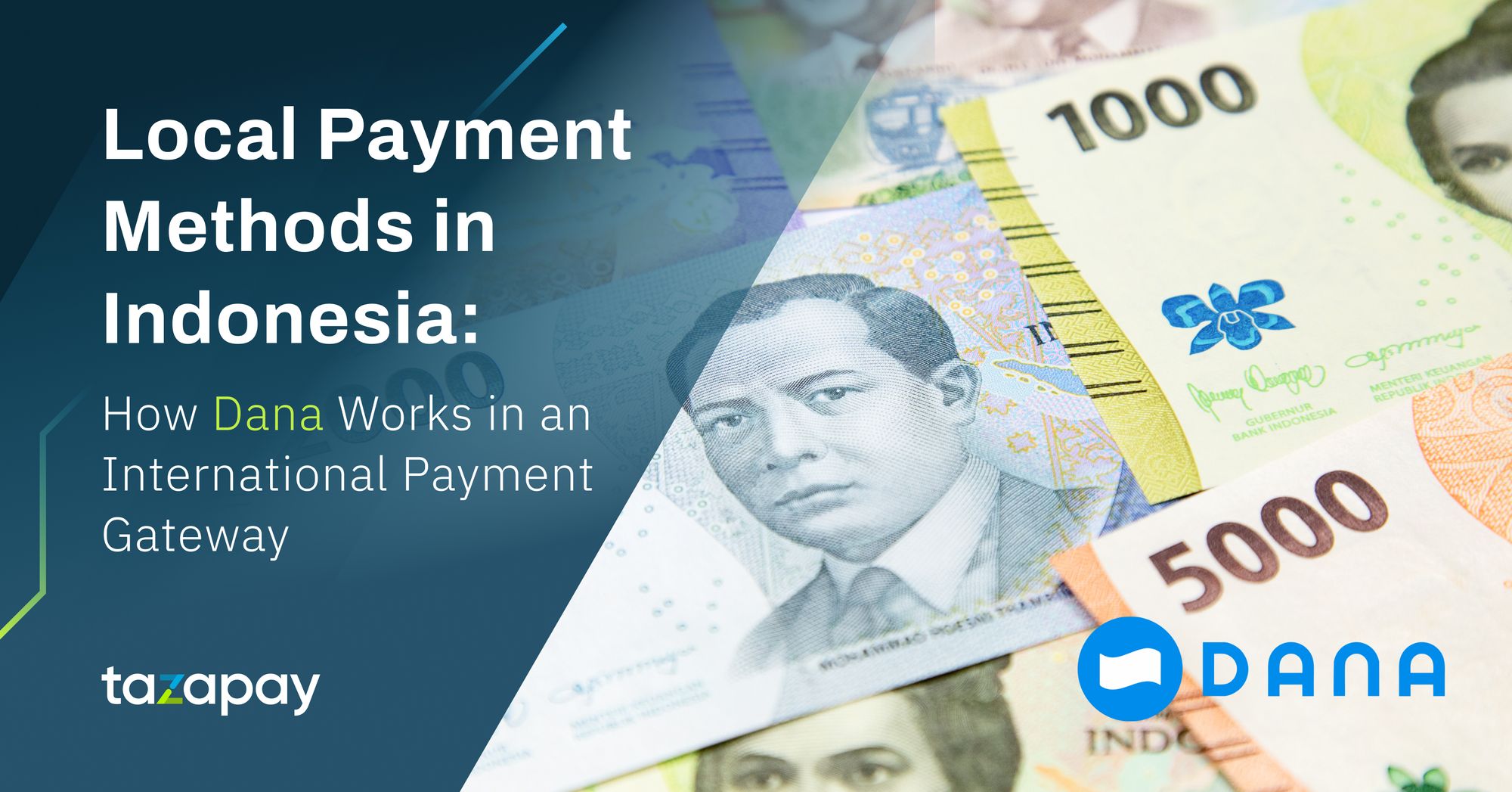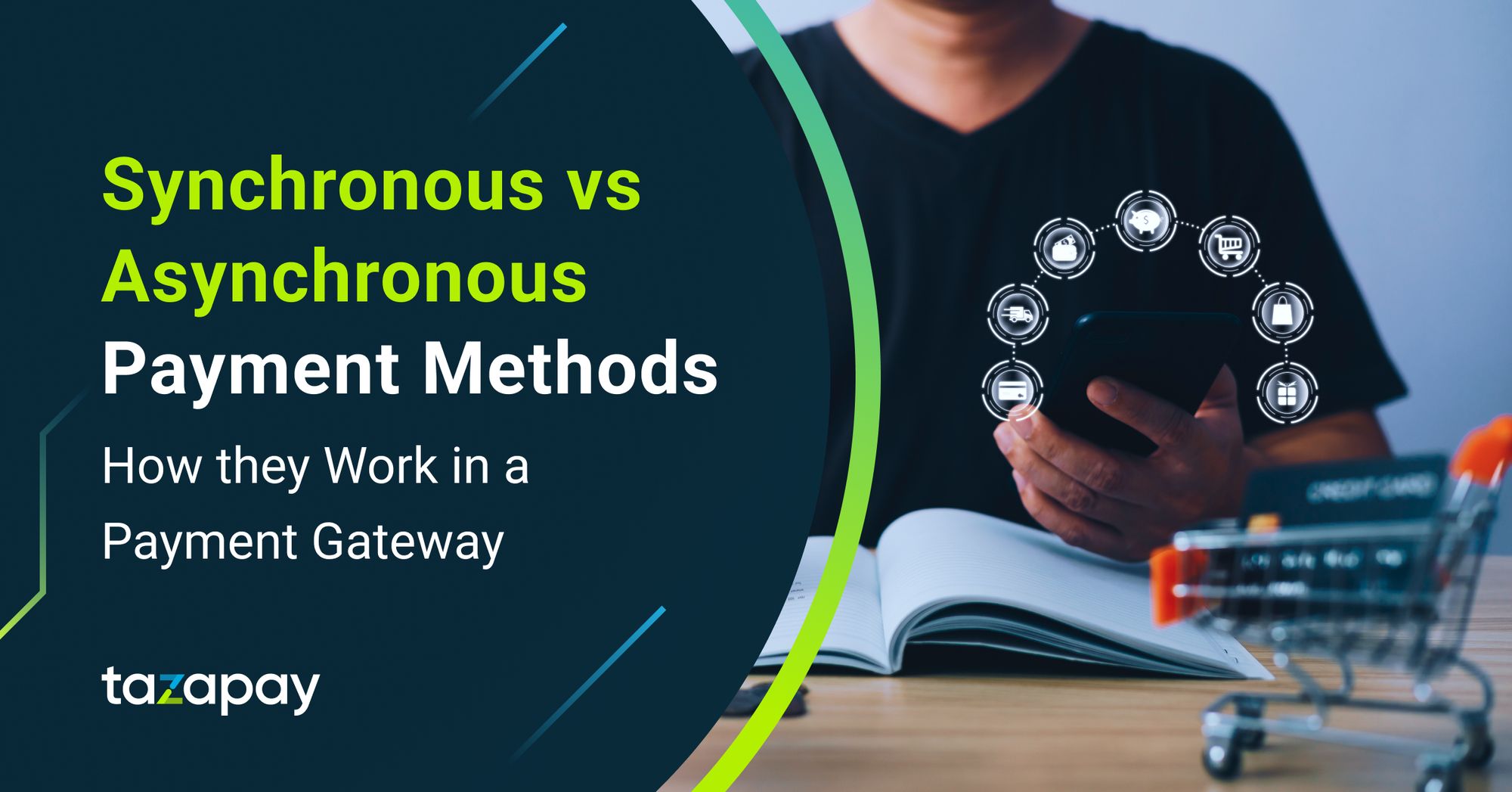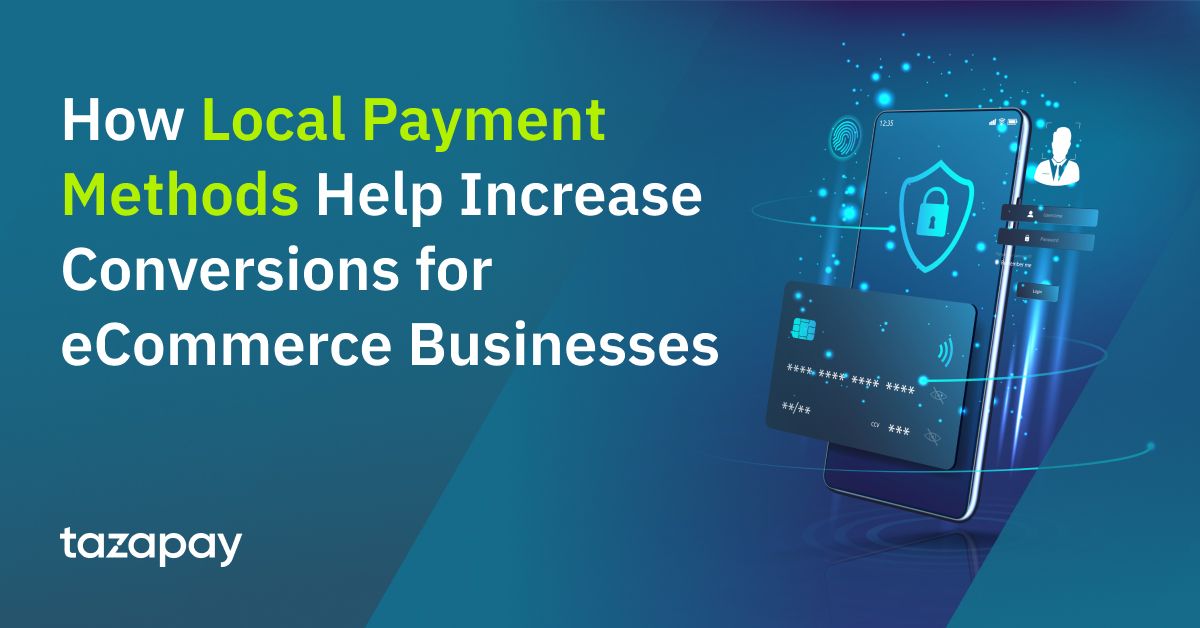- Home
Blog Blog
Payments Resources Payments Resources
Local Payment Methods: How Checkout via Bank Redirected QR Code Works
Local Payment Methods: How Checkout via Bank Redirected QR Code Works

The digitisation of the world leads to more cross-border opportunities, but with this advent of abundance, each local market has developed their own payment method to capitalise on those opportunities. India has UPI, China has Alipay, Singapore has PayNow, and Malaysia has DuitNow. However, while each is unique in how they cater to their respective local markets, the payment methods utilised are fundamentally the same. One of the more prevalent of these payment methods is the QR code checkout. But what exactly is a QR code and how does it function with regards to payments?
A world without borders, seamless payments across nations, and access to a global market at your fingertips. With operations in over 173 countries the world over, and localised payment methods in more than 70 markets, expand your digital market reach with Omoney today!
What is a QR Code?
The ‘QR’ in ‘QR Code’ is the abbreviation of Quick Response. They are a type of barcode that can be easily read by a digital device and stores any information the device accesses as a series as pixels on a square grid¹. First developed by Japanese company, Denso Ware in 1994 as a way to more accurately track vehicles and parts during manufacturing, QR codes have now become increasingly ubiquitous and accessible to any device capable of scanning them, thanks to its unique square format which allows it to store more data per generated code. QR codes are typically generated by specialised software dedicated to creating them.
Where do Payment QR Codes direct users to?
Payment QR codes typically direct users to the funds transfer page when they are about to conduct a transaction. Some are tied to their bank app like PayNow, DuitNow, and UPI, acting as a simpler and faster bank redirect payment directly linked to a person’s bank account. Some QR code payments are from eWallets like Alipay, GrabPay, TNG etc. However, any payments made via eWallet QR require funds to already be preloaded and held in the eWallet’s account.
Whichever method of QR payment the user picks depends on the user’s preferences and the merchant’s own QR offerings.
Why QR Code is popular in certain markets
QR code payments are one of the more recent and prevalent payment methods utilised worldwide. However, they are especially widespread in Asian markets such as China, Singapore, and India. The reasons for its overwhelming popularity is as follows:
- Simple to Use: QR payments, particularly bank redirect QR, simplifies the cashless payment process to requiring at most a scan and an input for the intended amount of funds transferred.
- Secure: QR codes themselves cannot be hacked due to its nature of being a symbol. However, malicious QR codes can still be generated by bad faith actors looking to exploit user naivete. To combat this, bank redirect QR codes are heavily regulated by a governing body in that market–a common feature shared by the likes of PayNow, DuitNow, and UPI.
- Fast: QR code payments are much faster at settling payments than bank transfer since they process payments synchronously instead of asynchronously, thereby ensuring instantaneous payment transfer between the buyer and the seller.
- Reduces Human Error: If the QR code generated is tied to a transaction via API, there’s less likelihood of payment errors made by the buyer since bank transfers require manual input from the customer in terms of how much the amount is.
How Does Paying via QR Code work?
As mentioned in the previous section, one of the reasons for QR code payments’ popularity is its simplicity. To illustrate the ease of conducting QR payments, here is a simple list detailing how a QR code payment normally goes through:
- After checking out from a cart (B2C) or accepting the payment terms (B2B), the buyer is presented with a QR code.
- The buyer scans the QR code with their smartphone and code redirects them to their payment app.
- The buyer confirms their payment on the app and the payment is pushed to the payment gateway before it is released to the seller.
Now that you are more knowledgeable about QR code payments, deciding on which payment gateway that best suits your business needs should be easier. Still undecided? Give Omoney a try. With more than 70 localised markets to choose from, expand your digital business horizons today. Contact us to learn more.
Sources
Category

Payments Resources
Local Payment Methods: How Checkout via Bank Redirected QR Code Works
Related Articles

Local Payment Methods in Indonesia: How Dana Works in an International Payment Gateway







